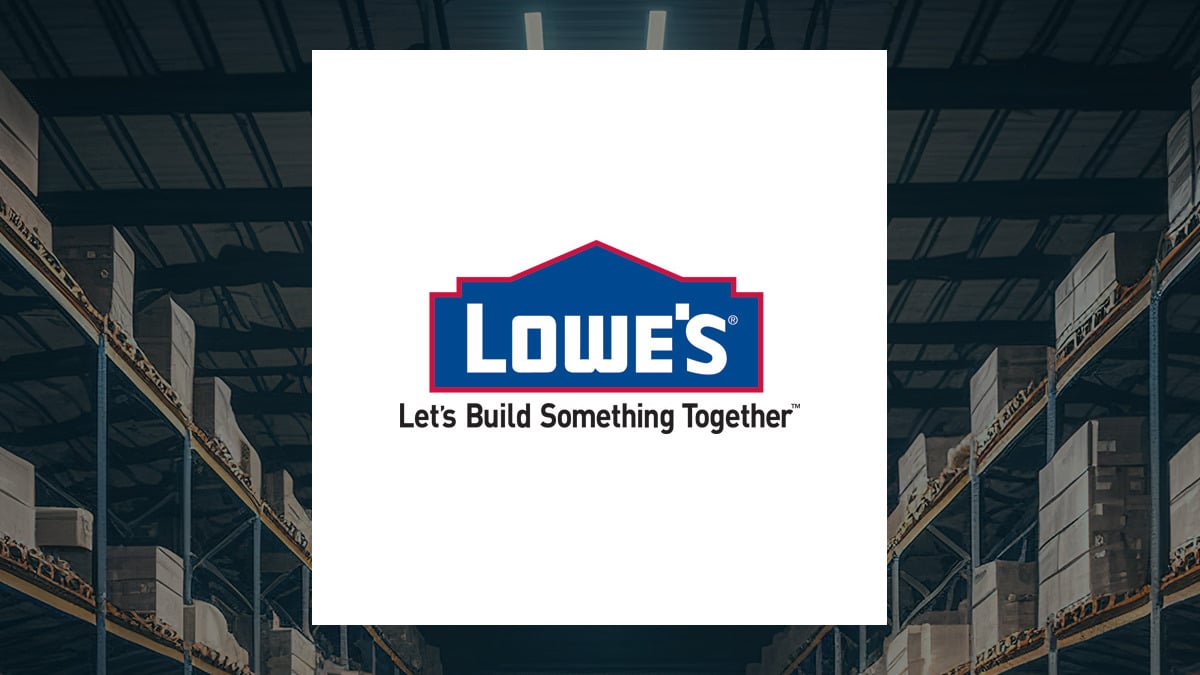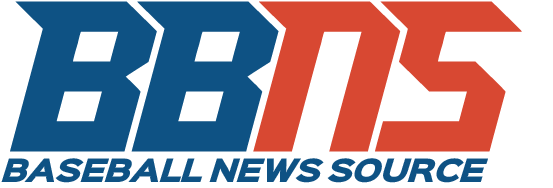 LOW has seen positive revenue growth driven by investments in Pro customer offerings and technology, despite cost challenges. Management focuses on adapting to changing customer habits and technology trends. Key performance indicators like Pro customer sales and ROIC are strong, but market share may decline due to online competition. Risks include natural disasters and cybersecurity threats, managed through regular assessments and controls. LOW prioritizes sustainability and ESG metrics. Forward guidance emphasizes strategic initiatives for long-term growth and shareholder value, aligning with housing market trends and customer expectations.
LOW has seen positive revenue growth driven by investments in Pro customer offerings and technology, despite cost challenges. Management focuses on adapting to changing customer habits and technology trends. Key performance indicators like Pro customer sales and ROIC are strong, but market share may decline due to online competition. Risks include natural disasters and cybersecurity threats, managed through regular assessments and controls. LOW prioritizes sustainability and ESG metrics. Forward guidance emphasizes strategic initiatives for long-term growth and shareholder value, aligning with housing market trends and customer expectations.
Executive Summary
Financials
Revenue growth has been positive over the past three years. The primary drivers behind this trend are investments in Pro customer offerings, omnichannel technology capabilities, and core demand drivers like disposable personal income and home price appreciation. Operating expenses have evolved due to potential cost increases from new laws and regulations, litigation risks, and commodity price fluctuations. The significant changes in cost structures include managing supply chain investments, maintaining supplier relationships, and mitigating disruptions from key vendor failures. The company’s net income margin is 7.26%. It has improved from the previous period. The comparison with industry peers is not provided in the context information.
Management Discussion and Analysis
Management has undertaken strategic initiatives to adapt to changing customer habits and demographics, focusing on new competencies and technology investments. These efforts aim to enhance supply chain operations and relationships with suppliers. The success of these initiatives is critical for growth and profitability. Management assesses the company’s competitive position by monitoring competitors’ use of technology, delivery services, and product offerings. They highlight the trend of online and omnichannel retailers and the importance of efficient supply chain management to meet customer expectations. Major risks include cybersecurity vulnerabilities and lack of skills to adapt to changing market demands. Mitigation strategies include regular risk assessments, security controls, enterprise risk management, and training programs.
Key Performance Indicators (KPIs)
Risk Assessment
Natural disasters, extreme weather, and global climate change pose risks to the company’s operations and financial performance. Disruptions in the supply chain due to health crises and geopolitical conflicts also impact the business. LOW assesses and manages cybersecurity risks through regular risk assessments, monitoring for vulnerabilities, employing a risk quantification model, integrating risks into enterprise risk management, and implementing security controls based on model outputs. Additionally, they leverage industry standards and maintain cybersecurity insurance coverage. LOW has accrued for probable liabilities from legal proceedings, with no material impact on financial statements. It also faces risks from natural disasters and climate change, affecting operations and finances.
Corporate Governance and Sustainability
The board of directors composition and any notable changes in leadership or independence are not directly specified in the provided context information. LOW addresses diversity and inclusion through its Code of Business Conduct, which applies to all employees. It does not specifically mention a commitment to board diversity. Lowe’s discloses sustainability strategy pillars: people and communities, product sustainability, and environmental footprint reduction. They emphasize ESG metrics like Dow Jones Sustainability Index inclusion and water conservation efforts. The company’s commitment is evident through philanthropy, eco-friendly products, and annual corporate responsibility reporting.
Forward Guidance
The company’s forward-looking guidance addresses its strategic initiatives and priorities by outlining expectations, projections, and assumptions related to financial results, business outlook, sales growth, and shareholder value. It also considers risks and uncertainties that could impact the achievement of these objectives. LOW is factoring in trends in the housing market, home improvement industry, and consumer spending. To capitalize on these trends, they plan to focus on sales growth, shareholder value, strategic initiatives, and customer acceptance of new offerings. The forward-looking statements indicate a commitment to long-term growth and competitiveness through strategic initiatives such as acquisitions, sales growth, and shareholder value. This demonstrates the company’s focus on investments to drive future success.
For more information:
This article was created using artificial intelligence technology from Klickanalytics.
